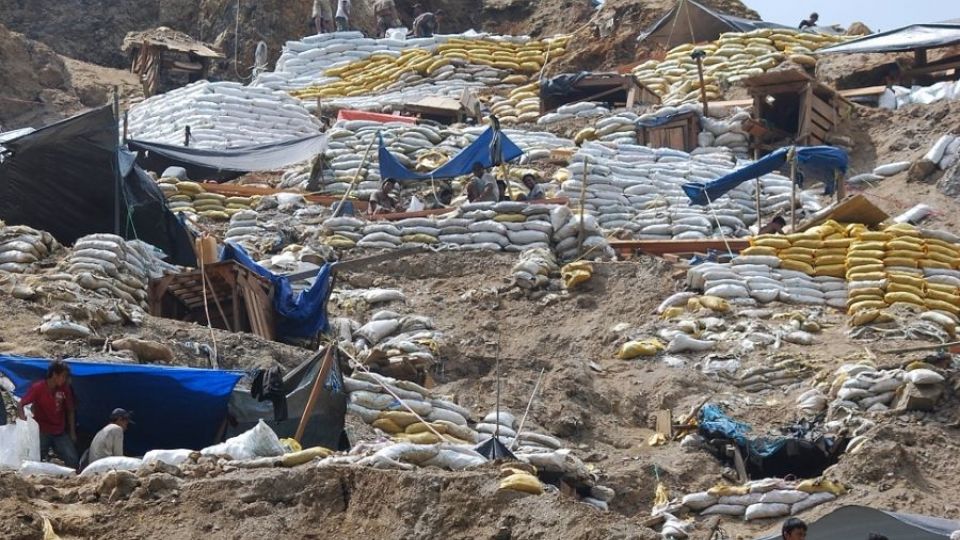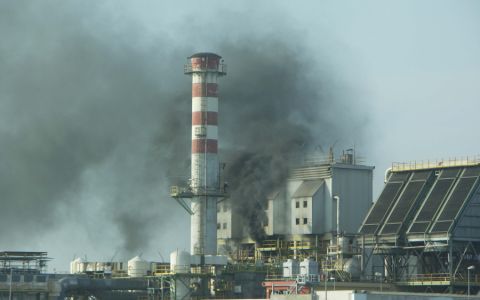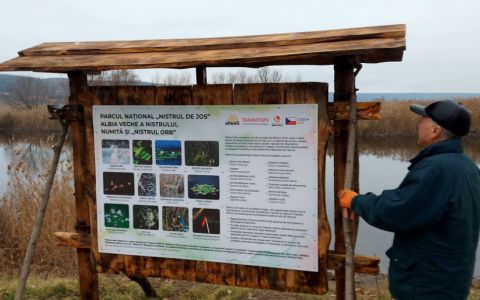People living close to small-scale gold mines in Indonesia have their bodies heavily burdened with the mercury, as confirmed the levels of mercury in the human hair samples in two locations: Sekotong and Poboya. This study evaluates the impact of mercury on human body and is based on the analysis from Biodiversity Research Institute.
The instance of these two locations is only the tip of the iceberg. In Indonesia, there are hundreds of similar hotspots, as also proves the map of the published study. "About 280 tons of illegal mercury is imported annually to the gold mining sites. In fact, all of it goes to the environment and contaminates not only the nearby areas and the food eaten by the locals, but it also becomes the part of the global mercury emissions. Despite all that, it doesn't seem that the draft of global mercury treaty will significantly reduce such activities or at least monitor them ", summarized the main problem one of the co-authors of the published study, RNDr. Jindřich Petrlík from Arnika Association.
The study of Arnika and BaliFokus from Indonesia "ASGM Sites: Poboya and Sekotong in Indonesia" was created as part of the global project of the international network IPEN.







